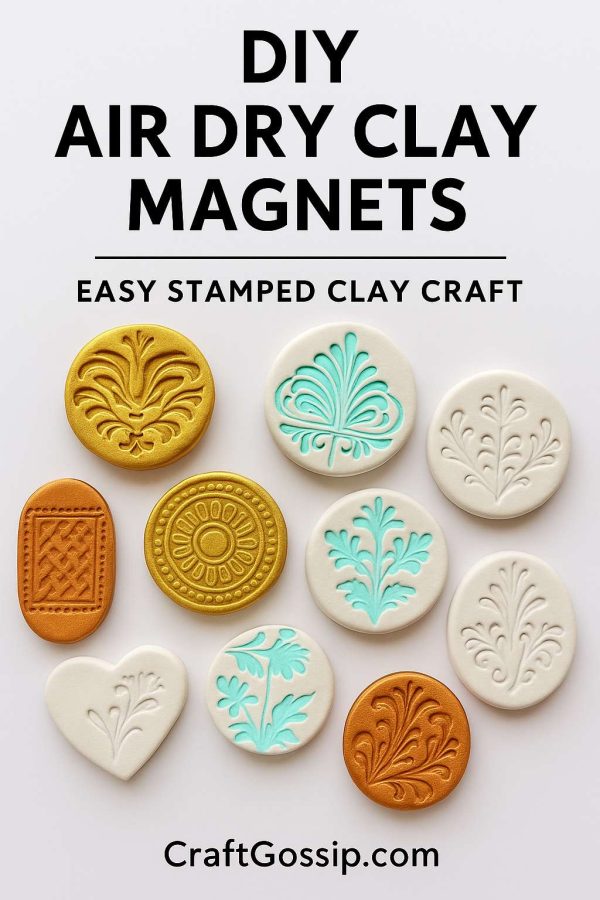 Mokume gane is a technique of layering thin sheets of contrasting clay into a stack, then distorting the stack and shaving off the resulting patterned clay with a tissue blade. There are many, many variations on this technique. Some use objects and press them in the clay. Others use the clay itself and push balls of clay into holes poked into the stack. The poking and pushing can be random, or planned, which isn’t that clear when you’re a newbie to working with polymer clay.
Mokume gane is a technique of layering thin sheets of contrasting clay into a stack, then distorting the stack and shaving off the resulting patterned clay with a tissue blade. There are many, many variations on this technique. Some use objects and press them in the clay. Others use the clay itself and push balls of clay into holes poked into the stack. The poking and pushing can be random, or planned, which isn’t that clear when you’re a newbie to working with polymer clay.
I’ve tried the mokume gane technique/method before. Once. It wasn’t pretty, of course this is back when I first started out with polymer clay. I had only seen a couple of tutorials on it, and I was rather confused as to why they were poking this and that this way and that way . I knew there had to be something I was missing. I really couldn’t understand what was so great about what was basically “marbled” clay. Yeah, it was pretty and all, but nothing special in my book. Until, I happened upon a one Ms. Julie Picarello’s photos of her work on Flickr.
Then, I was flabbergasted, astounded, and most of all, bewildered! How in the world did she get her things to look so awesome? It actually looked planned, not random like the tutorials had shown. HA! Little did I know that you COULD plan your poking and pushing. Go ahead, laugh so hard that you fall out of your chair. I would too if I were you, now that I’m looking back, I see how stupidly simple it actually is, lol.
Now, I’m not saying it’s so simple that Julie hasn’t worked for a long while perfecting her technique for mokume gane, because rest assured with work as gorgeous as her’s, it’s all about work by the way of practice, practice, and even more practice until you can do it with your eyes closed. Then it’s perfect. Boy, do I have a long way to go. Hey, you do too, so you can quit laughing now and go check out the tutorials that are listed below.
The first 3 are from HGTV
Here’s the link to GlassAttic’s mokume gane information – really good stuff here 🙂
Lindley Haunani’s version of mokume gane
I’ll be back tomorrow with the show and tell of the pendants I made today using the mokume gane way , they turned out rather nice even if I do say so myself 🙂
[tags]polymer clay, tutorial, mokume gane, Julie Picarello, Flickr[/tags]

Thank you for sharing this. I am a big fan of Mokume Gane and especially the work of Julie Picarello. I have been fortunate enough to secure Julie’s presence next year at the Euro Clay Carnival France! I can’t wait to meet her and take her Dimensional Mokume Gane Workshop!
Kylee
Did you go to a class taught by her? I’d love to see how she does it.
Nope, I haven’t been fortunate enough to have classes with her, although I would love to be able to.
I’m a big fan of Julie’s also, I am always awed by her work.
I’m so glad you enjoyed the post.
I love Julie’s work – a pair of her earrings are among my most-worn PC jewelry pieces. She achieves a wonderful depth with layers of “normal” and mica-based clays, and her shapes, color combinations, and mixed-media accents are so creative. I haven’t gotten brave enough to try mokume gane on my own, but I’d jump at the chance to take a Picarello workshop (not in France, though).
I love Picarello’s work. I am just sad that she has not done any DVD’s so people that can not travel can still be blessed with her techniques and awesome work examples.I would definitely BUY the DVD if one was available.
I know this was an older “Craft Gossip” article, but it’s 2011 now and good news! Julie has written her first book and it will be out this June. You can pre-order from Amazon. I’ve already ordered mine. Her work is stunning. I took her “Lizard Tails” workshop at Clay Carnival 2010. She was very generous with sharing her techniques. I’m sure her book will have the same clear instructions and beautiful photos of her work.